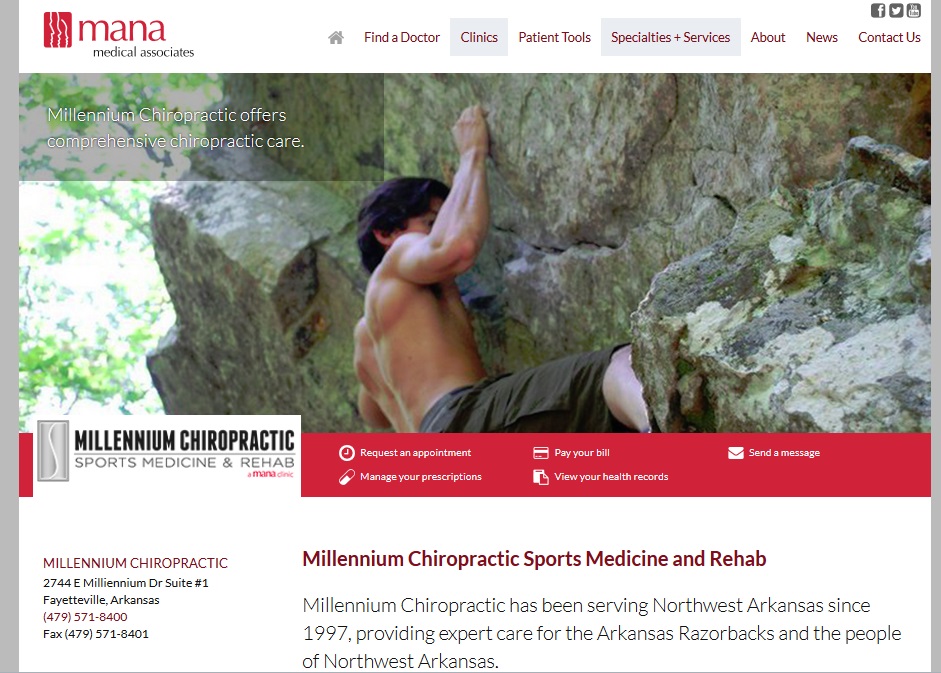Your cart is currently empty!

Adding to Your Website
When he was about four years old, my youngest son told a group of adults that astronauts had gone to the moon in the old days. It was true, but I remember the looks of consternation at the idea of astronauts being part of the old days. You may feel that way about websites, but it’s still accurate to say that in the old days, it was hard to change websites.
When I first started, it could take months to get analytics code installed. Changing a phone number meant sending a request to a webmaster and waiting — again, it could be months. Changing site products or text could rarely be done in house by SMB companies, and site owners would save up all their changes till they’d reached a reasonable ROI for the minimum they’d have to pay their web firm. After a few years of this, the entire website would need a redesign.
Times have changed. Content management systems like WordPress allow small changes to be made in-house and larger changes to be made much more cost-effectively. But that doesn’t mean that it’s always easy.
Here are some steps that can help make the process easier and more successful.
- Plan ahead. We always talk with clients about their future plans when we build a website. When they know that they’ll frequently need to add products, staff listings, and so forth, we build those sections to be easy to change in-house. We also make sure there’s a clear path to add ecommerce, a blog, or other elements the client wants to use but isn’t quite ready for yet. That means that they won’t have to rebuild in order to get what they want in the future.
- Match the existing site. We added the Millennial Chiropractic subsite that you can see above to the main MANA website. Since the site was built to accommodate it, we could put a sports and spine hero image, a map, the clinic logo, and a contact info sidebar into the clinic homepage template Tom designed when we built the site — and get a unique but consistent look. Sometimes we see websites where new pages have been sort of grafted on without considering the rest of the site. The main navigation may not match, the colors and fonts are not the same, and the layout may not even be consistent. Visitors feel as though they’ve missed a step on the staircase, or at least as though the site owner doesn’t have it all together.
- Update the rest of the site where needed. Once we added the chiropractic site, we made sure that their new patient packet was uploaded on the Forms page, that their contact information was in the main Contact directory, that their doctors showed up on the Find a Doctor page, and that the number of clinics in the group was correct everywhere it showed up on the website. When you add pages to your website, it’s easy to forget to update things like internal links, menus, and other references.
With these steps, you can add pages smoothly and maintain a great experience for users.
by
Tags:

Leave a Reply